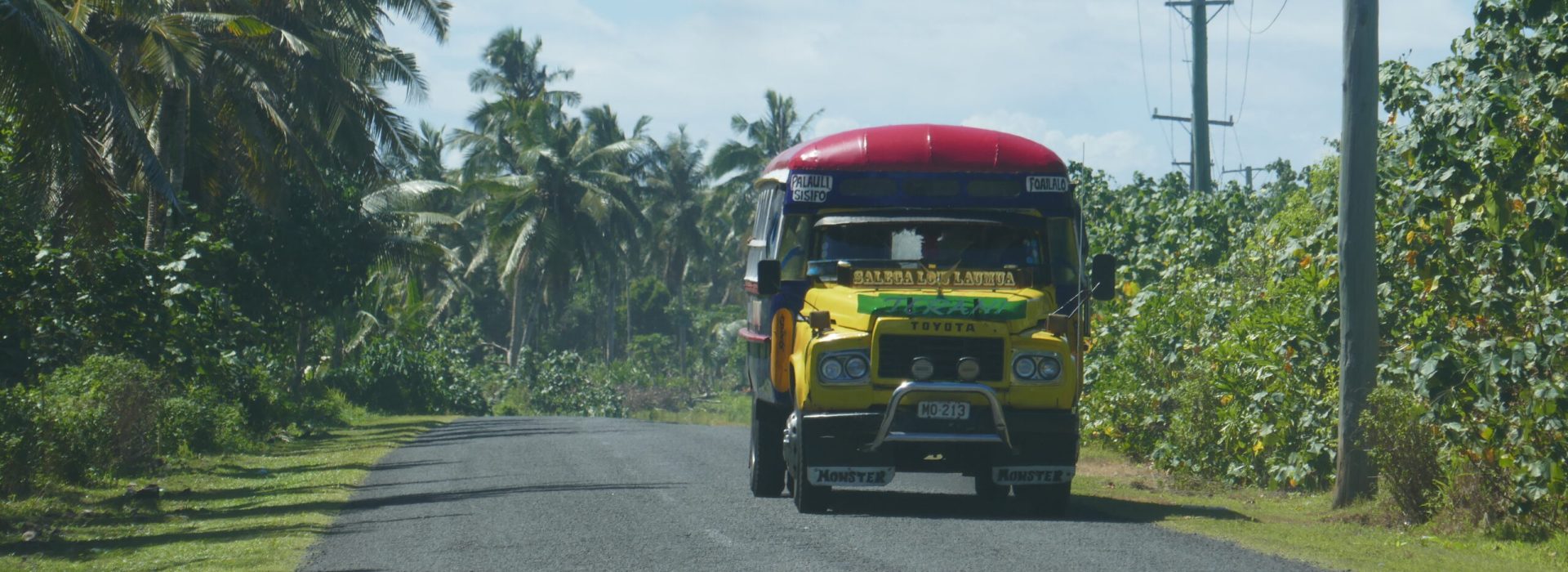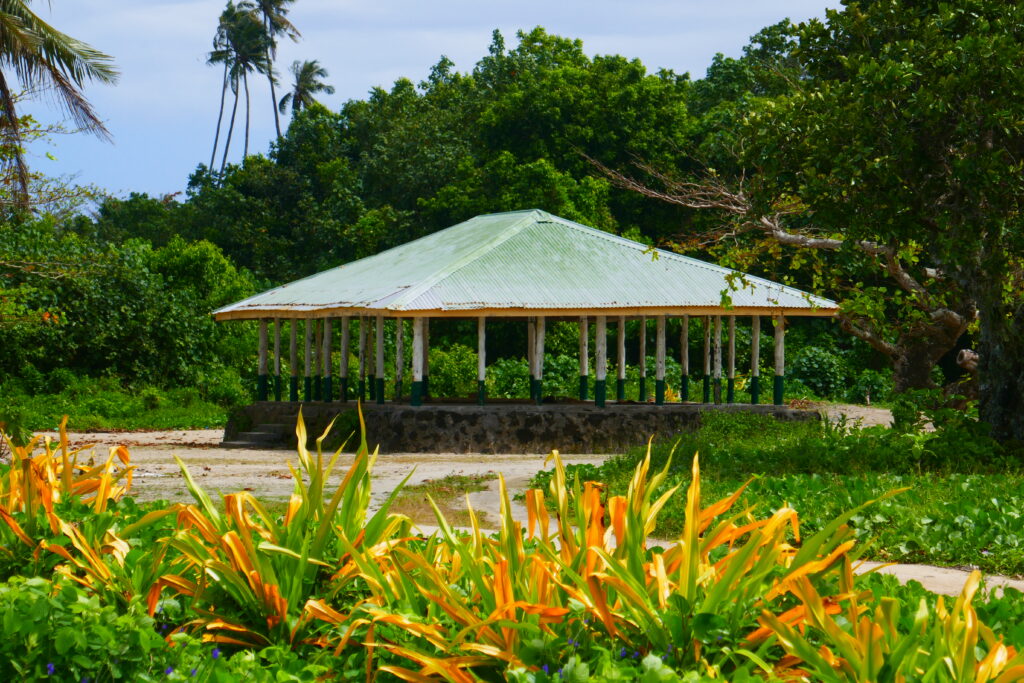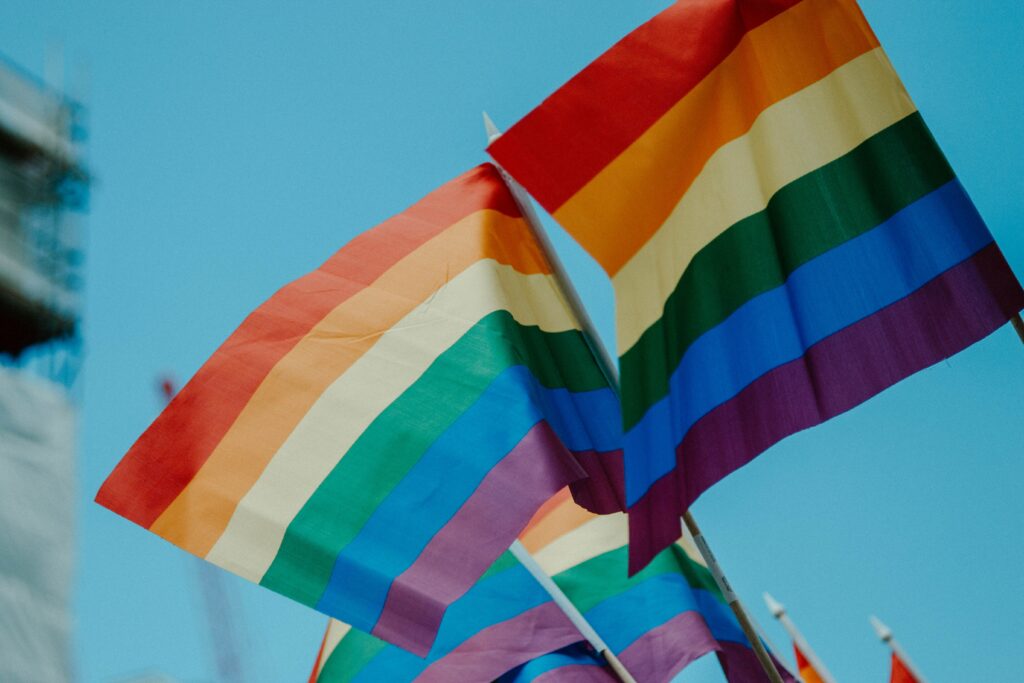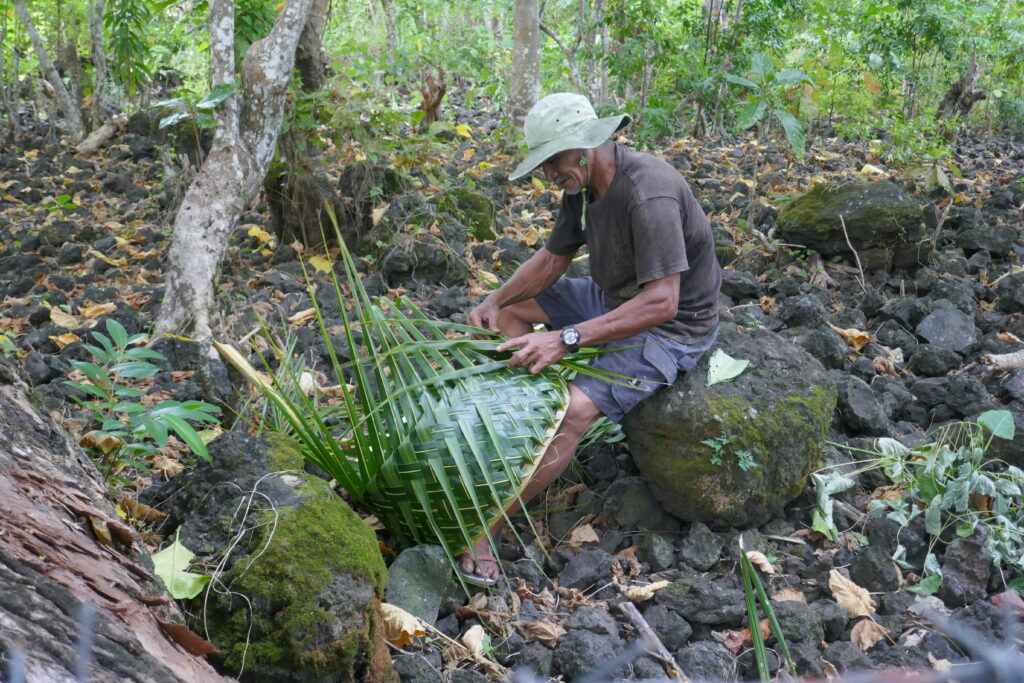An insight into the inhabitants of one of the jewels of the Pacific
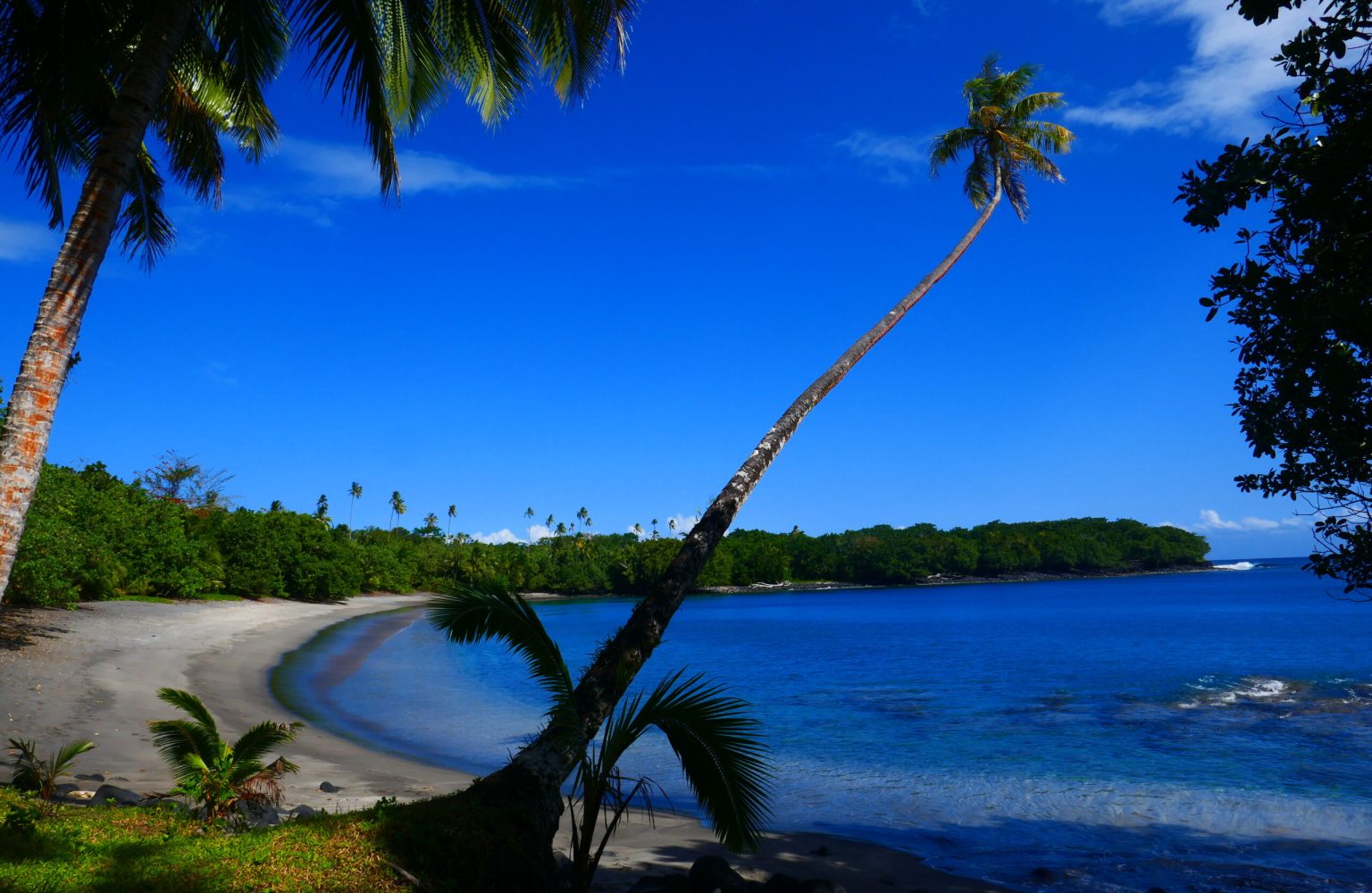
The Samoan People
Talofa!
Click on the section of your interest or scroll down to read all
Society
Fa’amatai is the indigenous political system of Samoa. The name literally means “in the way of Matai”. Matai are the holder of the family chief title. Every family in Samoa has its own chief as well as every village and district.
Matai are chosen by their own families who select the most dedicated ones among their family members. The matais of each family then elect the chief of the village. The latter will then choose, with the other village chiefs, the next chief of the district.
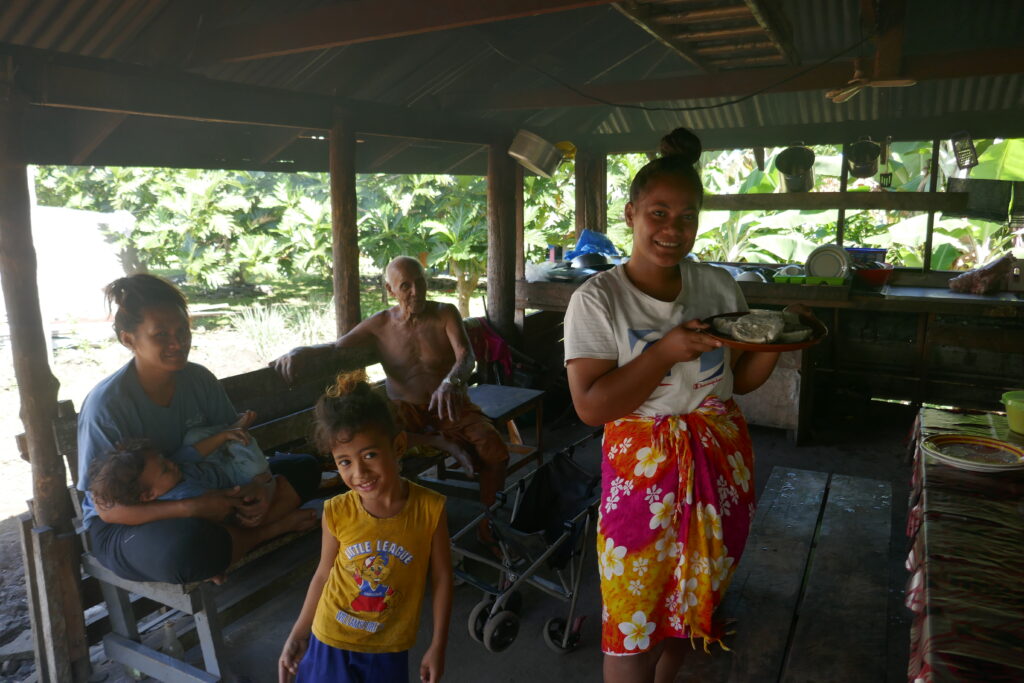
To be member of parliament you must be a Matai but not every Matai can become prime minister. In fact, only certain Matais can cover that role. It is similar to a royal family with the difference that there is more than one.
Every family has its own open house called fale (pic) that today are used as meeting houses for the family. Every few weeks the all family gather to discuss family matters. Matai also meet under a fale to discuss village issues.
The fale is so important for the family that apparently there is a sort of competition in the village for who has the best fale.
From time to time, the fale gets demolished and the matai of the family ask the relatives abroad to send some money home for a new fale.

In the Samoan culture you are supposed to help your family and not doing so it’s seen as dishonour.
Religion has an important role in the life of every Samoan.
We were invited for Sunday service by the son of a local pastor who gave us a lift by car on the way back to Apia. We went to an Elim Church, a Pentecostal Charismatic Church founded in 1994 by the pastor Tanuvasa Peteli Toomata. The ceremony consisted in a mix of gospel and long emotional speeches (all in Samoan) with occasional “amen” and “hallelujah” from the audience. Interestingly, everyone can receive the communion, the host was a biscuit and the wine was a shot of strawberry juice….we found it quite funny!
After the Mass we were invited for lunch by the pastor’s family. Thank you Tasi and your family for all the amazing food!
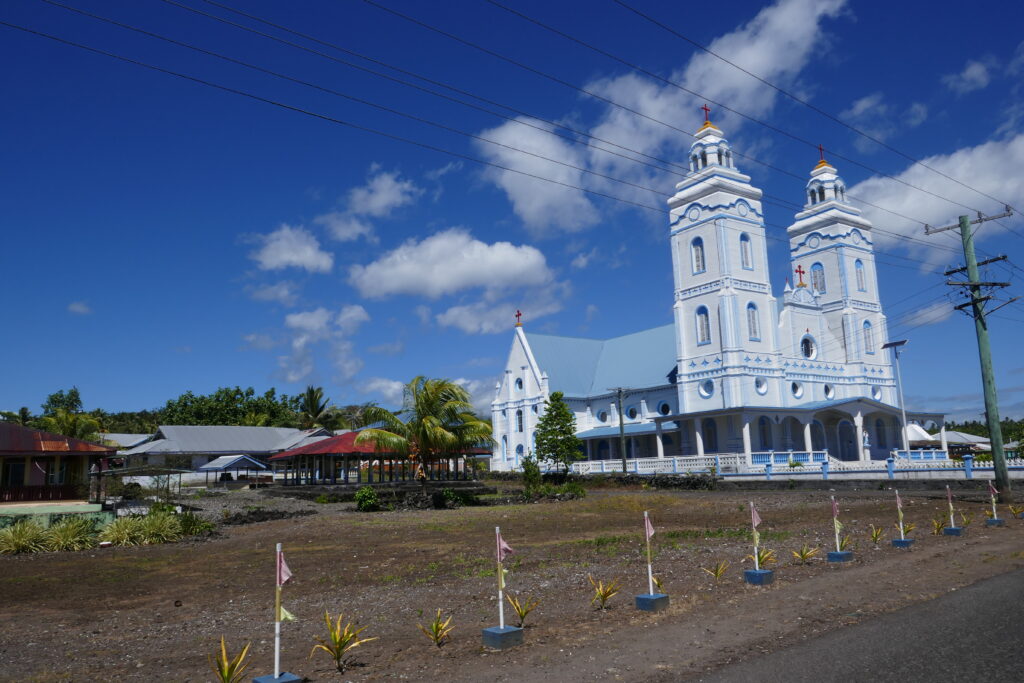
Samoans are proud of their origin and traditions. Many traditional jobs are still alive today and, since childhood, Samoans help the family in the everyday activities. Almost every family has its own plantation and children learn at the early age how to farm, cook and open coconuts which then get sold at the road side.
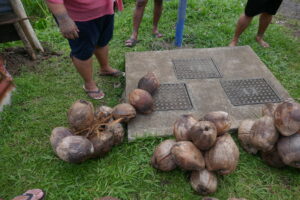
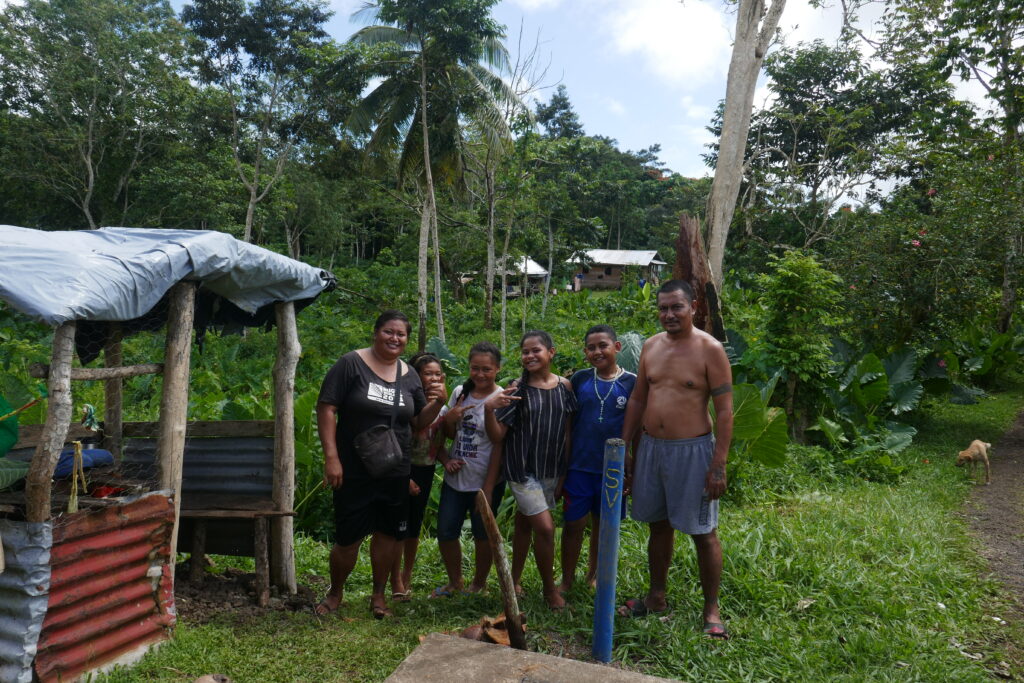
Did you know?
In December 2011, Samoa changed its time zone offset from UTC -11 to UTC +13, effectively jumping forward by one day, omitting Friday, 30 December from the local calendar.
This was meant to boost trades with New Zealand and Australia – its principal trading partners and where most Samoan expats live.
Samoa passed from being 21 hours behind Sydney to be 3 hours ahead.
The change also affected the date line which was moved to the east of the country.
Today the date line seats between Samoa and American Samoa. The distance between the two countries is only 200km but the live one day apart.

Health
The principal healthcare facilities in Samoa are located in Apia.
There are some medical facilities or small local hospital located in some bigger villages but they only provide basic medical treatment. Access to healthcare facilties is particularly challenging for the Samoans living on Savai’i, since they depends on the ferry to go to the other island. In case of emergency, Samoans are occasionally transferred to New Zealand.
At 2023, the life expectancy in Samoa was 72 years old.
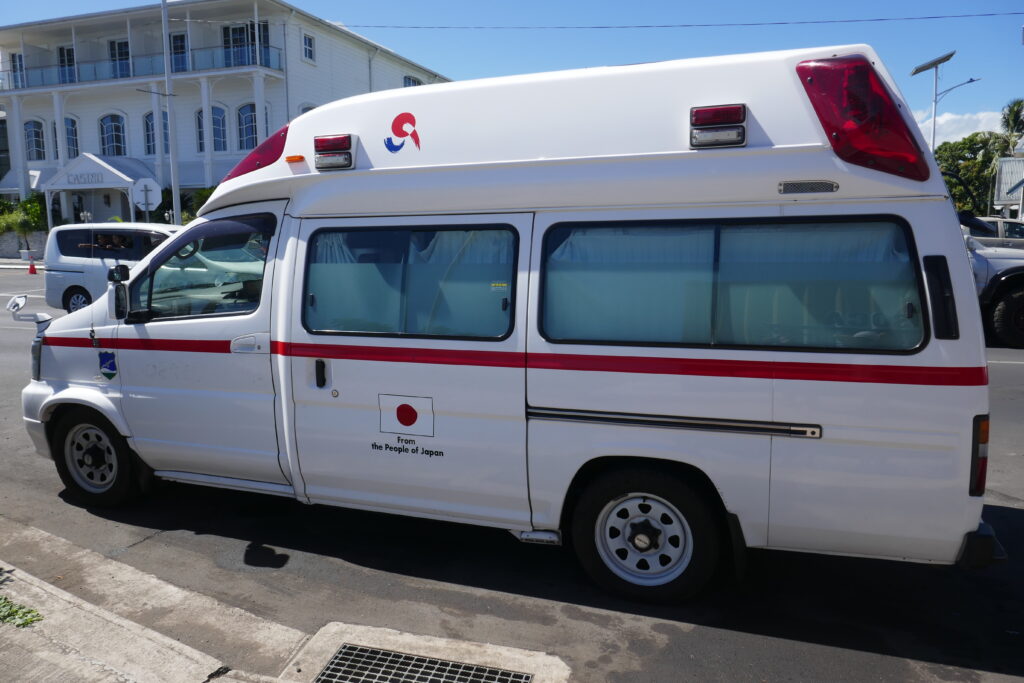
Education
Samoan education system comprises 8 years of primary school and 5 of secondary school or college.
Every village has its own primary school, secondary school are generally located in bigger villages and cover a district. The university is in Apia, the capital of Samoa.
Many Samoans, once graduated, try to emigrate to New Zealand or Australia. The pay is higher and often they reunite with some family members overseas.
From abroad they will continue to support their family back home. Despite leaving the island, they will remain close to their family back in Samoa and they will provide economical support when needed.
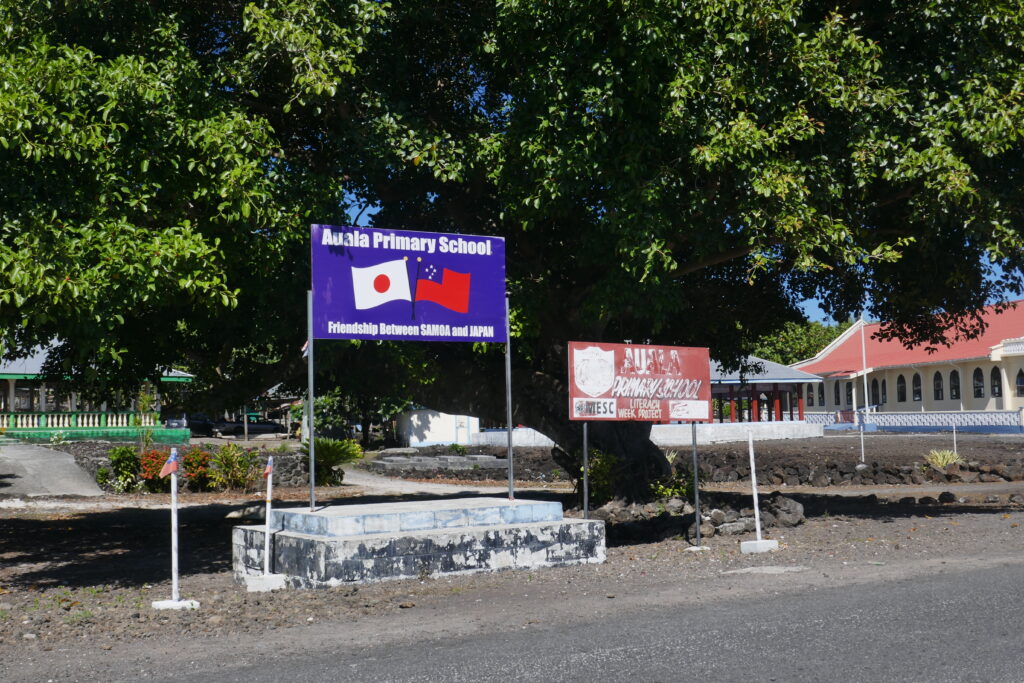
Women
Women constitutes 51% of the Samoan population but they are still lacking behind men when it comes to statistics.
Only 10% of the seats in parliament are held by women and a gender gap is evident in the key areas such as unpaid and domestic work. Most women look after children, weave mats (pic), cook or do all this at the same time and, more often than not, they also help in the family farm.
Almost 40% of women have reported to be victim of violence at least once in their life and abortion is still illegal in Samoa, unless it is necessary to safe the mother’s life.
However, the society is quickly changing and, in 2021, Samoans elected Fiame Naomi Mata’afa as first female prime minister.
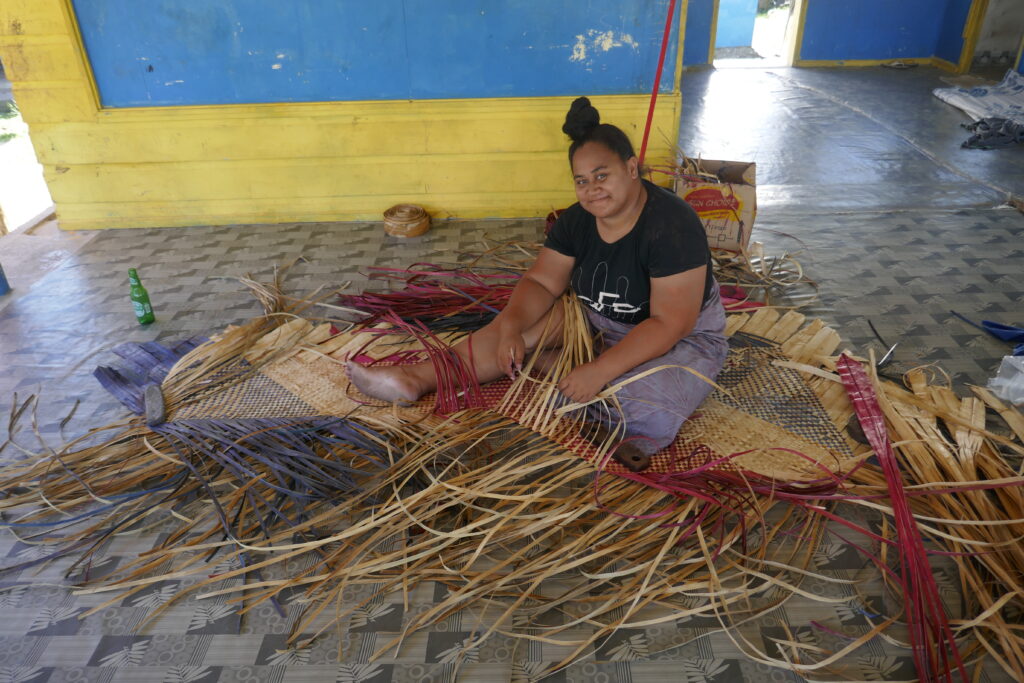
LGBTQ
There are four recognized genders in Samoa: male, female, fa’afafine, and fa’afatama.
The last two are gender fluids that move between male and female. Many indigenous communities around the world do not associate sex with gender and actually recognise three or more genders.
With the spread of Christianity and the imposition of the binary system, communities recognising third genders diminished. Samoa cultural recognition of third genders survived and still today fa’afafine and fa’afatama have important role in the society. In fact, some of them are also Matai.
Both fa’afafine and fa’afatama are famous for their beauty pageants. Check it out, it may be happening when you are there!

Climate change
On September 29th 2009, Samoa was struck by a violent earthquake and a subsequent tsunami which destroyed part of the islands. American Samoa and Tonga were both affected by the event. Since then, some villages moved to the hilly inner part of the islands.
Traditionally, Samoans used to live in fales along the beach and have their plantation nearby but the tsunami and the increasing sea level have made it harder and riskier to live along the coast.
The salt has ruined the harvest and the old wooden fales wouldn’t resist a violent natural event. In addition, cyclones, which occur every year, have become more powerful and now damage fruit trees and properties.
The government has tried to place some barriers to stop the sea rise but little it can do against it. The unfortunate faith of many Pacific islanders is relocation. Either within their own countries or to some host nations,
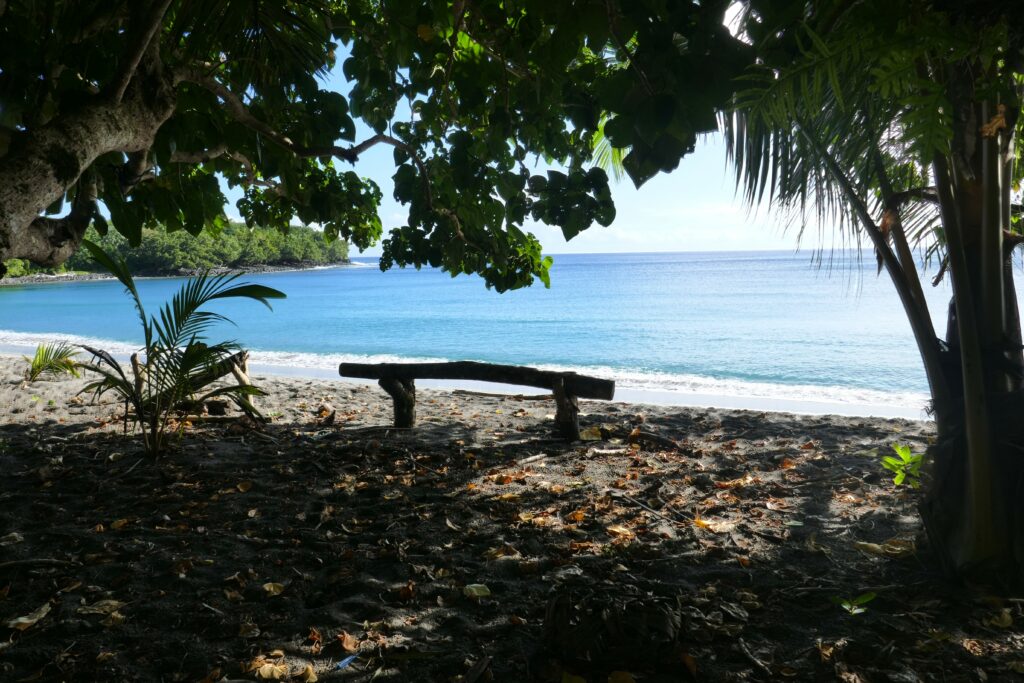

Food
The traditional cuisine of Samoa is predominantly based on meat (pork and chicken), taro, breadfruit (pic) and plenty of other tropical fruits. Samoans do not eat many vegetables, their everyday dishes are boiled bananas (pic) or chicken buns (pic).
The arrival of cheap Western and Chinese food has radically changed the diet habits and now Samoa is one of the countries with the highest obesity rates in the world. In 2023, 58% of adults were obese in Samoa.
If you go to Samoa, we strongly recommend Palusami, taro leaves cooked with coconut milk. If on Sunday you notice some smoke next to the houses, it’s quite likely it may be coming from a smoking Umu. Don’t miss to have a look at the traditional Samoan oven.
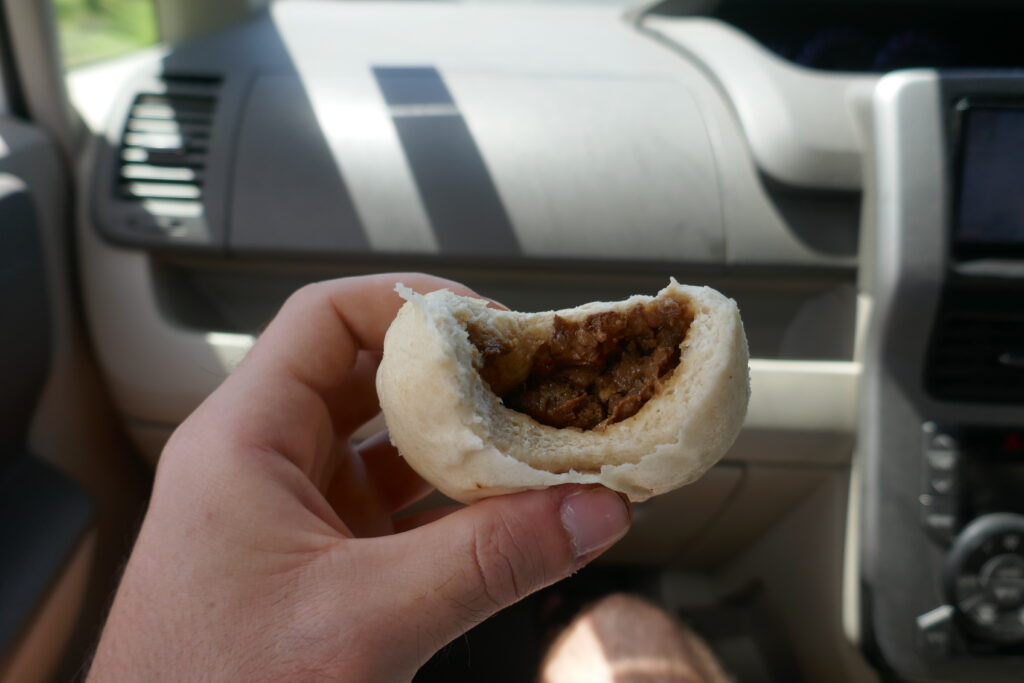
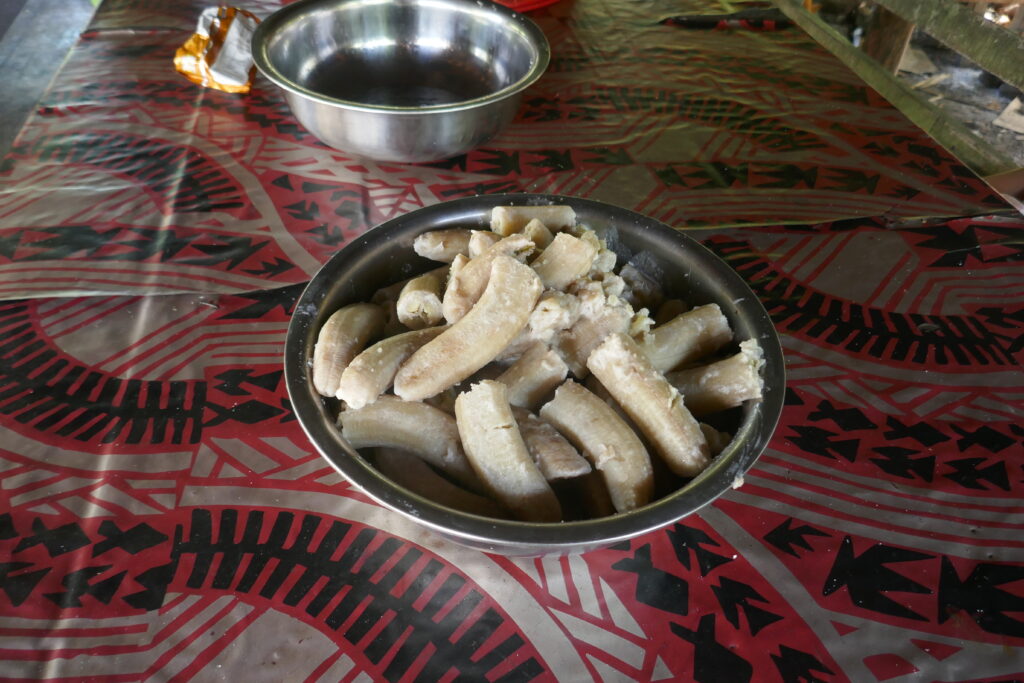
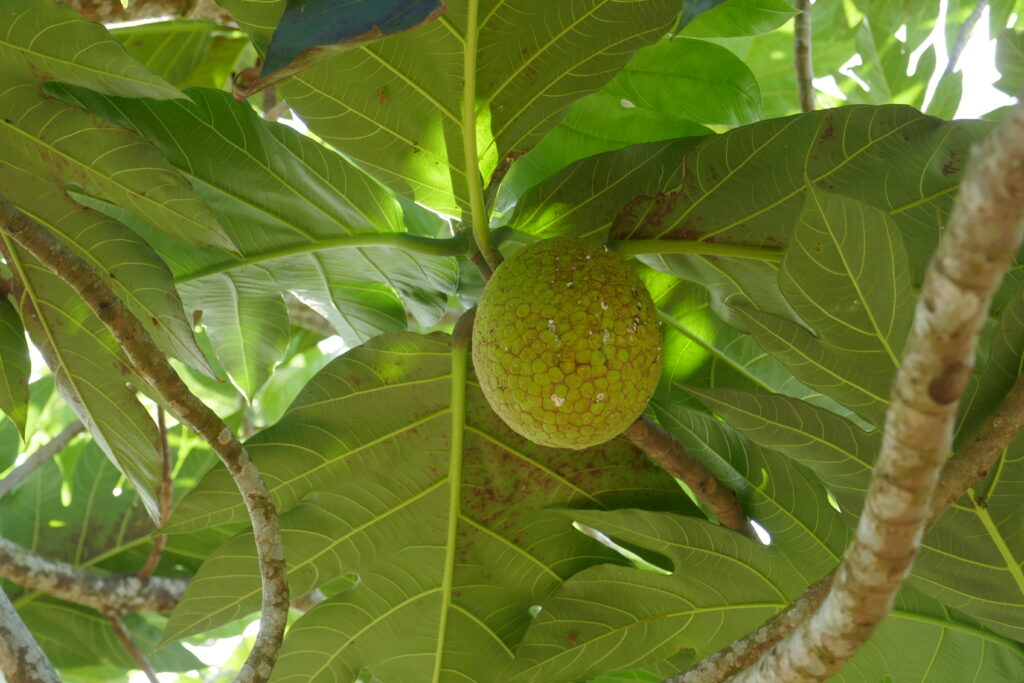
Did you know?
One of the delicacies of the Samoan cuisine is a sea warm called Palolo.
It used to be commonly found all year round but now you can only find it in October at Savai’i and in November around Upolu.
In 2023, we were told that eating Palolo cost you between 1000 and 5000 WST.
